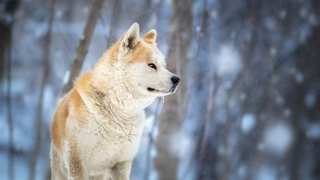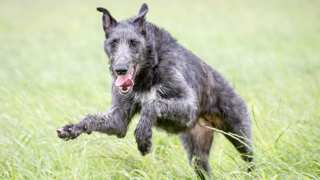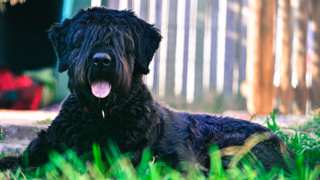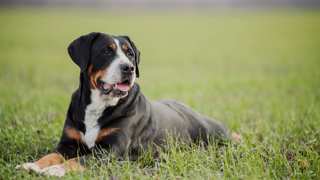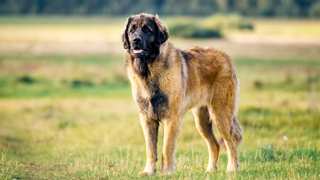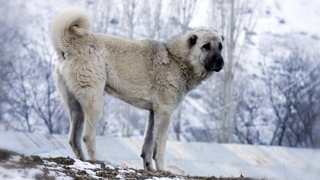For a Great Pyrenees, diet and nutrition is an important factor in maintaining its health and longevity. Though these dogs aren't extremely active, they'll still need food that's high in animal proteins and carbohydrates to give them much-needed energy; Great Pyrenees dog food will also need some omega fatty acids to keep that sparkling white coat looking healthy! All this means that your Great Pyr will thrive most on a diet of premium dry food, specifically a Large-Breed Formula. High-quality foods may be more expensive and difficult to obtain, but they contain the necessary proteins, carbs, and other nutrients that cheap dog foods simply don't have.
And as expected, these big dogs will eat a lot of it. An adult Great Pyr, depending on its age, size, and activity level, will need at least four cups of premium dry food per day, divided into two meals. And how much to feed a Great Pyrenees puppy? Food portions for Great Pyr pups are smaller--but not by much. Again depending on its age, Great Pyrenees puppy feeding should be about three cups per day, divided into three meals until nine months of age. It's best to feed a Great Pyr pup Large-Breed Puppy Formula for the first year of its life, then you can transition to Large-Breed Adult formula by mixing the two for a few days. It's also recommended that you establish a consistent daily feeding schedule so your Great Pyr gets used to eating at the same time every day. For more details, see these feeding guidelines:
Great Pyrenees Feeding ChartDog AgeDog WeightFood TypeAmountFrequency2 Months15 lbsDry (Large Breed Puppy Formula)0.5 cups3x/day3 Months25 lbsDry0.75 cups3x/day6 Months55 lbsDry1 cup3x/day9 Months80 lbsDry*1.75 cups2x/day12 Months95 lbsDry* (Puppy/Adult)2 cups2x/day18 Months120 lbsDry (Large Breed Adult Formula)2.25 cups2x/day*--Sometime between 9-12 months, transition from puppy formula to adult formula by first mixing in just a bit of adult food with the puppy food. Over the course of a week, for each meal add more adult food until the dog is eating it entirely.
It's best to try and stick to the above-listed portions, because over-feeding a Great Pyrenees can cause the dog to become overweight quickly. A fat Great Pyr will have joint, breathing, and digestive issues, not to mention a reduced lifespan. You can control your Great Pyr's weight in several ways: by establishing consistent feeding and exercise schedules; no feeding of table scraps; and perhaps most important, by not "free-feeding" your Great Pyr. (Free-feeding is leaving food in a dog's bowl all the time so it can eat anytime it wants.) It's highly recommended that you put your Great Pyr's dish down only at meal times, then pick it up 20 minutes or so after the dog begins eating.
If you're worried your Great Pyrenees is overweight, give the dog this simple Ribs Test: run a hand along its side, and if you can't feel any ribs, it's diet time. Reduce your Great Pyr's daily food intake by one-fourth, and add an extra walk or play period to its daily exercise schedule.

